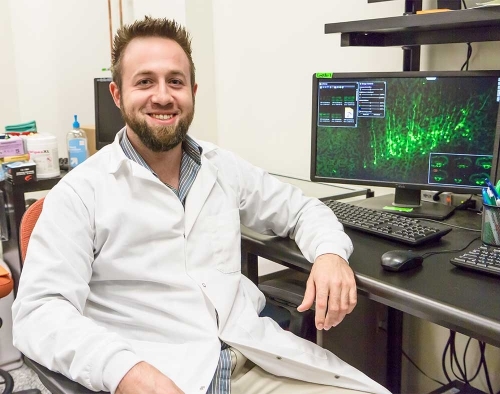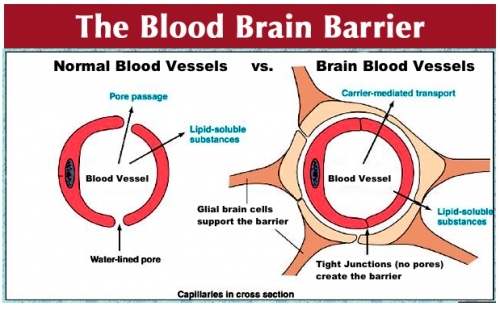Restoring Immune Response After Spinal Cord Injury - Blog
April 29, 2016
Autonomic dysreflexia (AD)* is double trouble for those who experience it (usually seen in spinal cord injuries above T6). First there’s the spiked... Read MoreOur blog offers stories from the community, updates from the Reeve Foundation, and breaking news on research.
The opinions expressed in these blogs are the author’s own and do not necessarily reflect the views of the Christopher & Dana Reeve Foundation.

April 29, 2016
Autonomic dysreflexia (AD)* is double trouble for those who experience it (usually seen in spinal cord injuries above T6). First there’s the spiked... Read More
April 26, 2016
After nerve damage, axons that escaped injury often shoot out new branches. This process, which happens in both in the peripheral nervous system and... Read More
March 31, 2016
Would you buy it if all of a sudden Cruella de Vil started a shelter for homeless dogs and said she had undergone a change of heart? What about if... Read More
March 18, 2016
Stimulation of the vagus nerve is being investigated as a way to treat migraine, tinnitus, inflammatory bowel disease, hiccups, stroke, diabetes,... Read More
March 18, 2016
More proof, perhaps, that engineering is moving faster than biology. A group from Australia, funded in part by the U.S. military’s Defense Advanced... Read More
March 18, 2016
Let’s talk about the blood-brain barrier, the BBB, or as it is sometimes called, the blood-brain-spinal cord barrier. As you may recall from Biology... Read More
January 26, 2016
It is now possible, with minimal technical skill and very little cost, to essentially edit and perhaps correct the human genome. The genome comprises... Read More
October 1, 2015
The spinal cord alone, without brain input, coordinates and automates many complex movement functions. A team of scientists at the Salk Institute in... Read MoreThe opinions expressed in these blogs are the author's own and do not necessarily reflect the views of the Christopher & Dana Reeve Foundation.